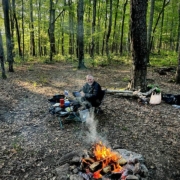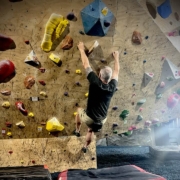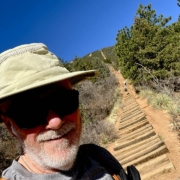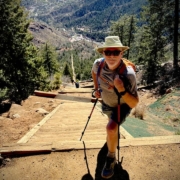The Dance with Alzheimer’s | Healthy Aging Series: S10 E6
Reflecting on: “Before I Forget: Love, Hope, Help, and Acceptance in Our Fight Against Alzheimer’s,“ by B. Smith, and Don Gasby. I spent a week this past year helping my older son move. I am almost 68, but a rather fit 68. All of us have helped someone move. Four days of grueling, backbreaking work….






